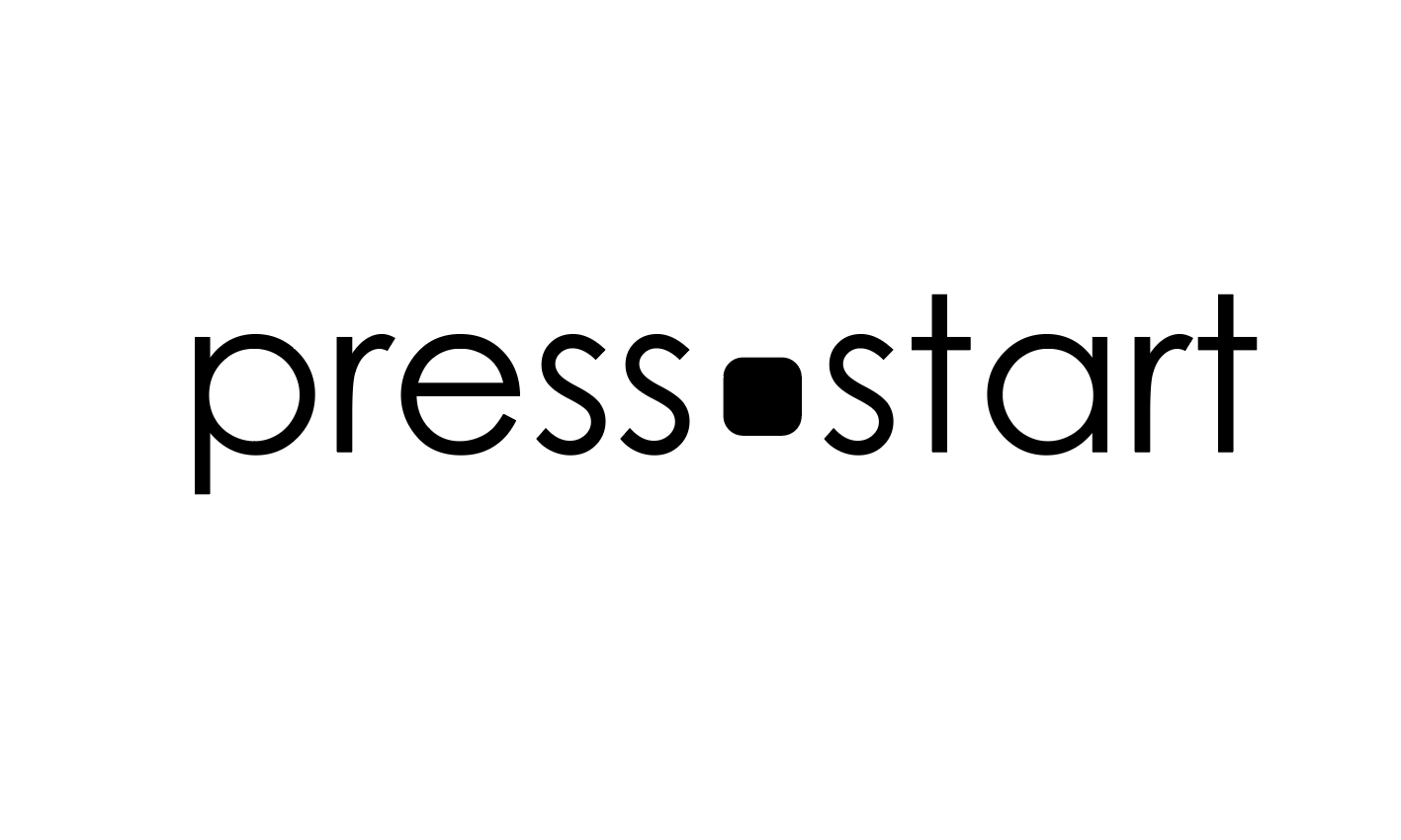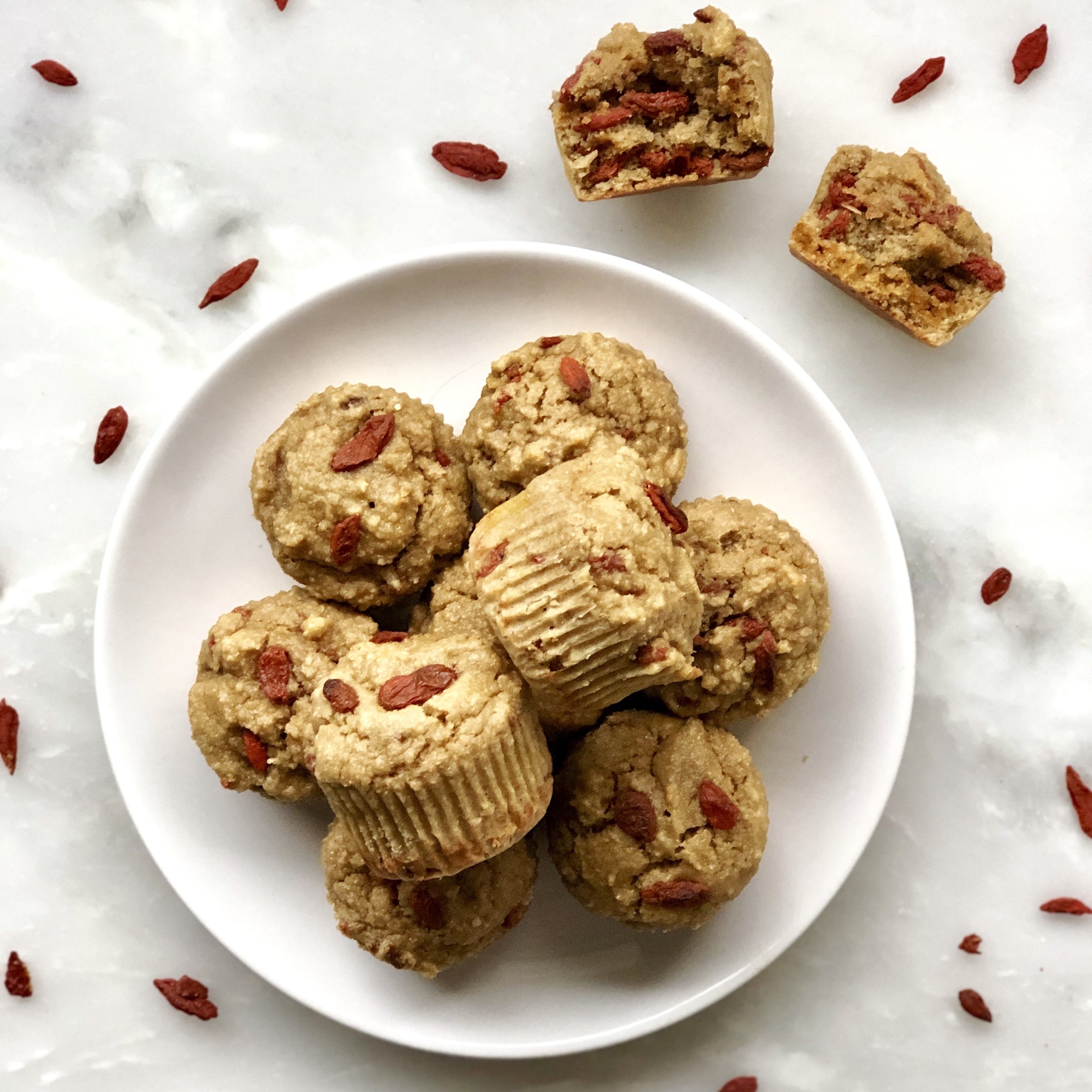One of the most common things I see on food diaries is missing breakfast or a nutrient deficient breakfast. For reference, I have all my incoming clients do a food diary before we begin working together. They don’t record calories or exact measurements, it’s just to see their general eating habits. This trend is not unique for my clients, only 47% of US adults eat breakfast daily (1) so that means more than half skip breakfast pretty regularly. I am not saying you have to eat the second you wake up. However, there is considerable research that shows starting your day with a balanced breakfast (see my take on this below) can jumpstart your metabolism, help muscle building over time, balance your blood sugar, fight nagging cravings later in the day, help with natural satiation and portion control and give your body the dose of nutrients it needs to start the day (2,3,4). The clinical research points positively towards breakfast as well as my own anecdotal experiences (from myself and my clients). Even if you practice intermittent fasting, which is a longer topic for another day, the first meal of the day should be balanced. So here are my tips on how to do so:
Tip #1 PFFP:
Breakfast should include as many of the PFFP components as possible. If you can’t include all four, that’s fine, 3/4 is still great and even 2/4 is doing pretty darn good. PFFP stands for Protein, Fat, Fiber, and Phytonutrients. This combination will keep you full, satiated, energized and with your metabolism on fire. Here are some ideas of foods that contain each component:
Protein: comes from meat, seafood, eggs, greek yogurt/cottage cheese, and there is some in nuts and seeds and their derivatives (butters, flours), legumes, and some supplements (my favorites are Nuzest pea protein “PRESS15” saves you $$ and Further Food collagen “START10” saves you $$)
Fat: comes from whatever oil you cook with, ghee, butter, dairy, avocado, coconut/oil, nuts and seeds and their derivatives (butters, flours), and from meat and seafood (will depend on what meat you buy but there will usually be at least a little fat)
Fiber: comes from fruits, vegetables, nuts and seeds and their derivatives (butters, flours), legumes and whole grains
Phytonutrients: comes from fruits and vegetables, specifically, these are the compounds that give fruits and vegetables their colors, so eat the rainbow!
As I said, you don’t need all four PFFP components at every meal, but the more the better. The thing you want to avoid is having a meal or a snack comprised of “naked carbs”. Some examples of naked carbs would be (a piece of fruit, a bagel, some juice, cereal). Ways to “dress up” those carbs so they have more PFFP components and are not naked would be a piece of fruit with some nut butter or greek yogurt, a bagel with smoked salmon or an egg, a smoothie that includes protein and healthy fats (instead of a juice), and greek yogurt or cottage cheese with a granola that includes lots of nuts and seeds instead of cereal.
Some more EASY no fuss PFFP breakfast ideas:
Eggs of any kind and avocado (I love having this on sweet potato toast) you can even add bacon if you like
Full fat greek yogurt with some fruit and nuts
Chia pudding & berries
Smoothie with protein & healthy fats
Tip #2 You don’t have to be traditional:
The above examples all include traditional “breakfast fare”. However, breakfast does not have to include “traditional breakfast food”. It is more important to eat foods you like and will crave, are realistic and accessible to you at breakfast time. And of course, strive for as many components of PFFP as you can.
I often eat regular “meals” for breakfast if that’s what I wake up craving and I have leftovers in the fridge anyways. For instance, I love a good “breakfast salad” like the one pictured to the right. Nothing like starting your day with greens. Or sometimes I’ll have something from dinner the night before such as salmon and roasted veggies (hello PFFP).
Breakfast foods can feel constraining to people when they don’t know what’s healthy and convenient in the breakfast category, the default can be to just grab coffee and skip breakfast, or grab a packaged protein bar and be on your way. But when we think about breakfast in narrow terms we can get pigeon-holed into the naked carb items above (cereal, bagel etc.) By expanding our definition of what’s “allowed” at breakfast, the possibilities are endless!
Tip #3 Make it easy on yourself:
For most people, mornings can be the busiest time of day. Hence the tendency to skip breakfast. Plan ahead and plan realistically. If you love a cozy bowl of oats, make a batch of overnight oats on the weekend that’ll be read for the week. If you love omelettes and bacon, make egg muffins with your favorite bacon chunks in it ahead of time. If you love pancakes or waffles, make and freeze a big batch so they can easily be reheated during the week. If you’re a smoothie and go type, put your smoothie ingredients in individual bags so all you have to do is dump them in the blender when morning arrives. You can check out more of my “meal-preppable” breakfast recipe ideas here.
tip # 4 look forward to your breakfast!:
Waking up is hard enough, no matter how much sleep you got the night before. So why not have something to look forward to in the morning. You should always start your day with something delicious you want to eat. Not only will this set the tone for the day in a positive way, but it will make you more likely to eat breakfast. Instead of preparing foods you feel like you should eat for breakfast, start your day with foods you get to eat for breakfast!
References:
1) https://www.thedailymeal.com/news/healthy-eating/more-half-americans-skip-breakfast-least-once-week-study-says/081815
2) https://www.ncbi.nlm.nih.gov/pubmed/30373105
3) https://www.ncbi.nlm.nih.gov/pubmed/30527257
4) https://www.ncbi.nlm.nih.gov/pubmed/28701389





